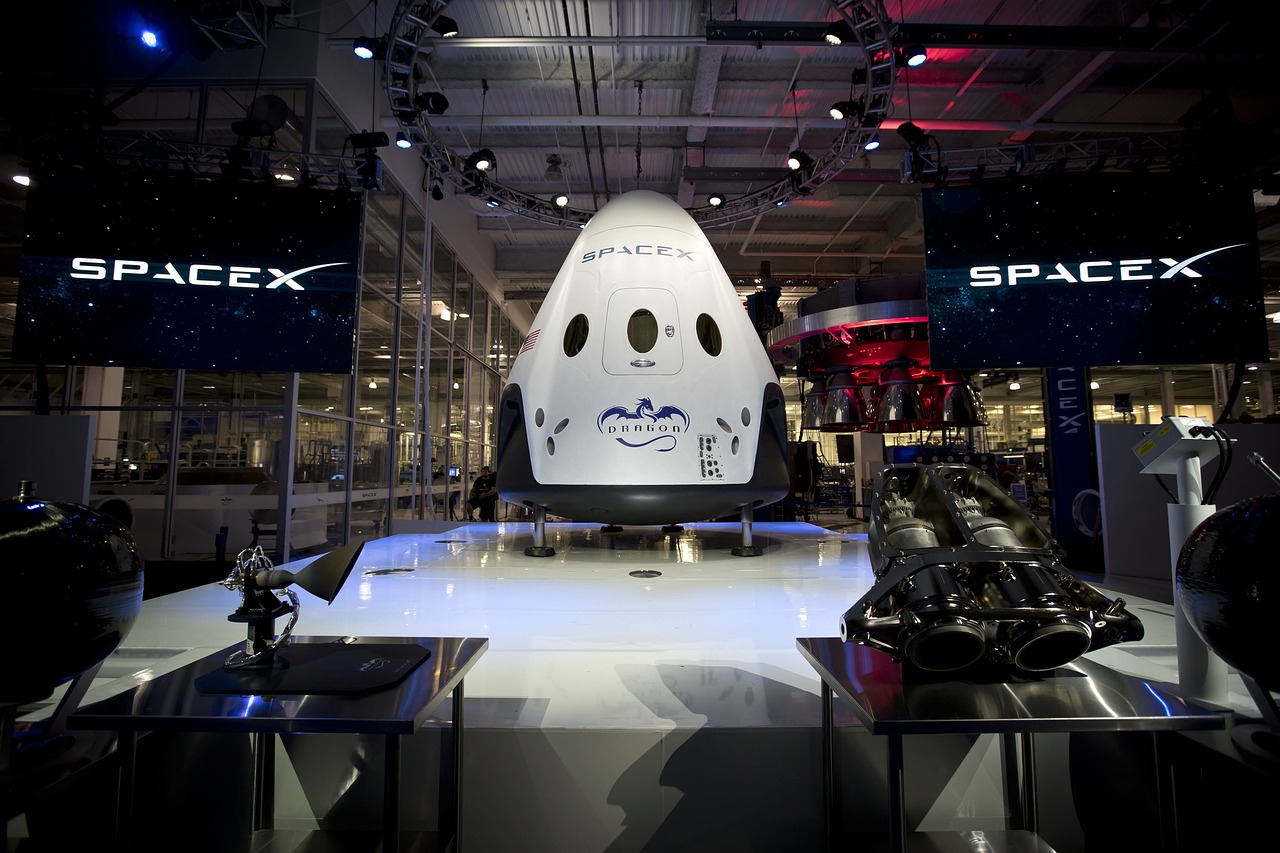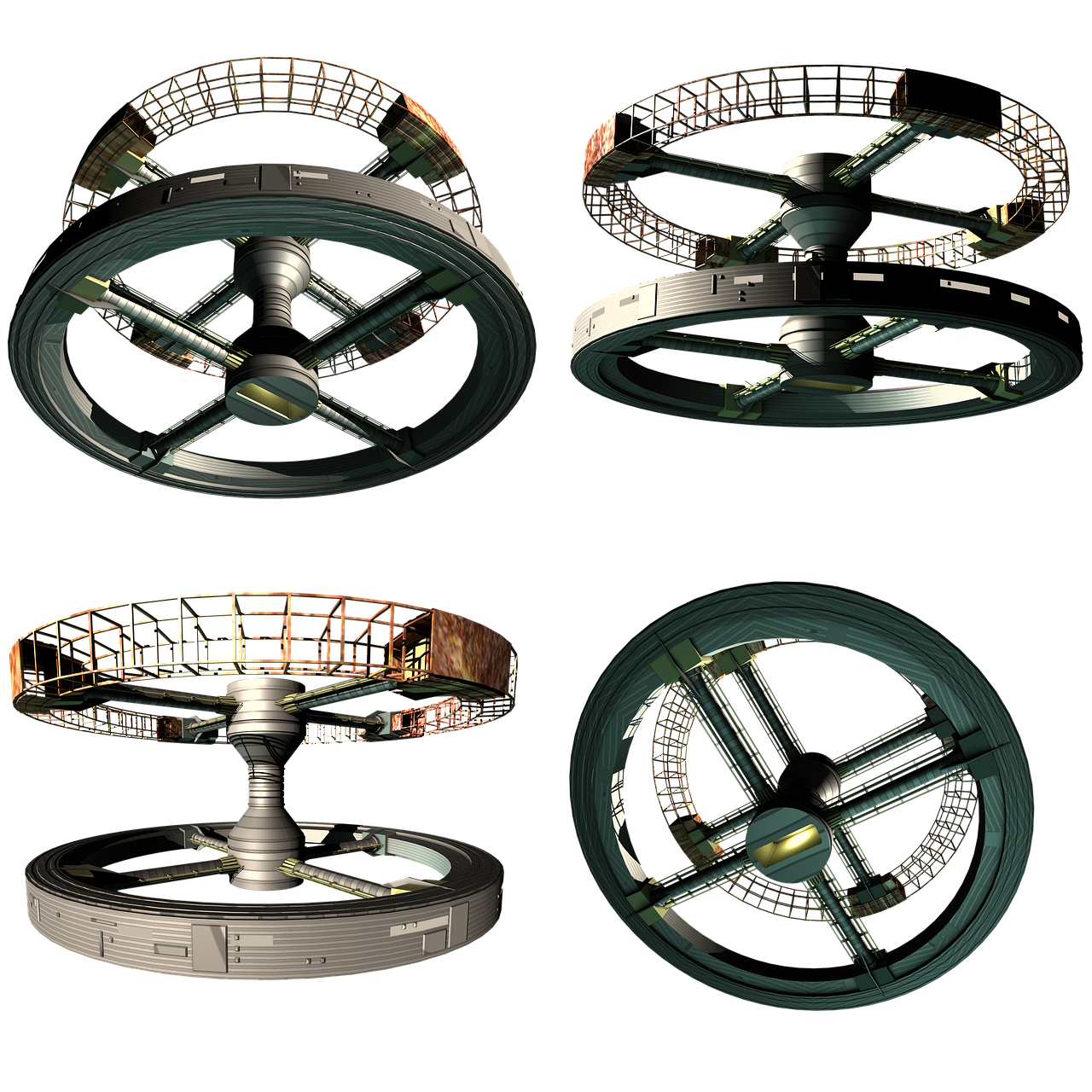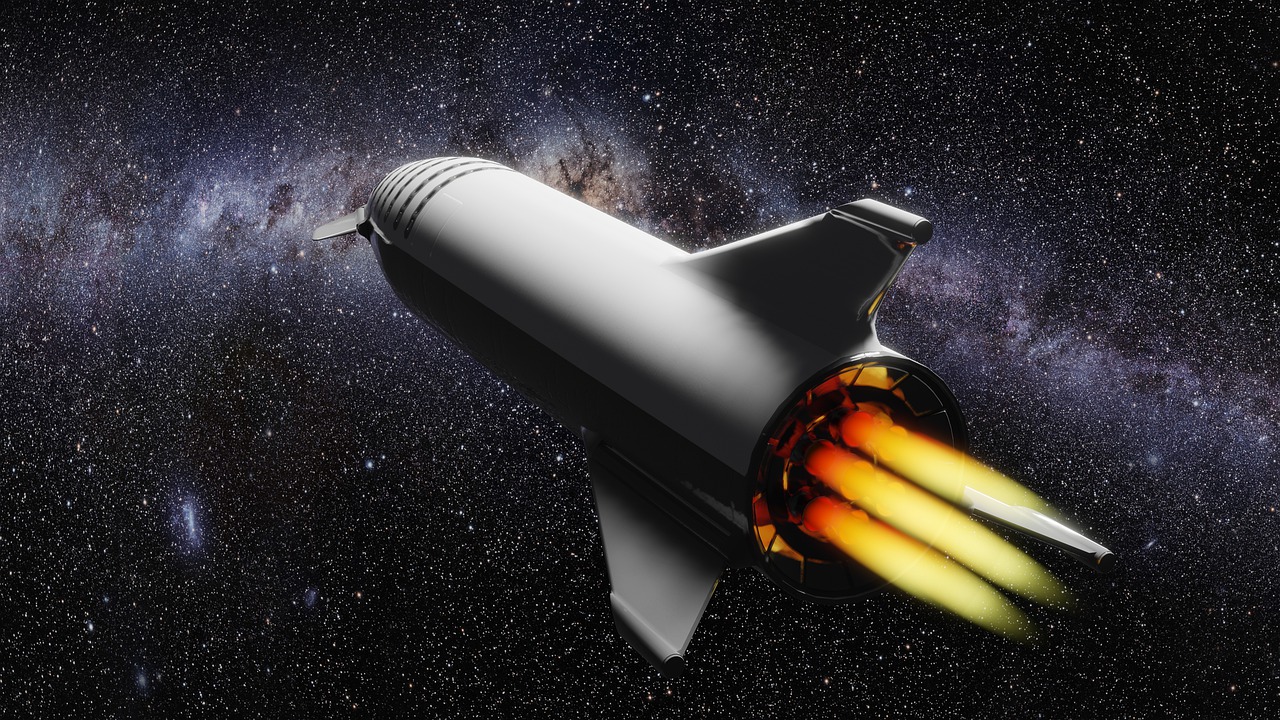
Exploring SpaceX History: A Journey to the Stars
SpaceX History
In SpaceX History, the brainchild of billionaire entrepreneur Elon Musk. He has etched its name in history as a game-changer. Since its inception, SpaceX has transformed the landscape of spaceflight, revolutionizing the way we perceive space exploration. In this article, we will embark on a journey through the SpaceX timeline, highlighting key moments, achievements. And also the role of Elon Musk in shaping the future of humanity’s adventures in space.

SpaceX’s Humble Beginnings
SpaceX: A Visionary’s Dream
SpaceX, formally known as Space Exploration Technologies Corp., was founded by Elon Musk in 2002. The ambitious goal was to make space travel more affordable and ultimately pave the way for the colonization of Mars. Musk’s fascination with space began long before SpaceX. And he has also channeled the profits from his previous ventures, such as PayPal and Tesla, into this visionary project. Construction of initial prototypes and tests for Starship started in early 2019 in Florida and Texas.
Musk’s vision led to the establishment of the new SpaceX South Texas launch site. Where all Starship construction and testing moved later that year. The company’s facility in Boca Chica, Texas, later renamed Starbase. Played a crucial role in the manufacturing of the first prototypes of Starship in 2019. The mission launched from Kennedy Space Center Launch Complex 39A (LC-39A) of the Kennedy Space Center in Florida.
Falcon Rockets: The Beginning of Reusability
In March 2006, SpaceX made history by launching its first rocket, the Falcon 1, known as the first falcon. This event marked the beginning of a new era in spaceflight, as SpaceX continued to innovate and develop new rocket designs. One of these designs was the Falcon 9, which is known for its reusability. The concept of reusable rockets was a significant breakthrough, as it reduced the cost of accessing space and made it possible for private companies to compete in the industry. With this innovation, SpaceX has not only revolutionized spaceflight but also paved the way for future advancements in space exploration and colonization.
The Falcon 1, SpaceX’s first orbital launch vehicle, achieved its first successful launch on September 28, 2008 from Omelek Island in the Marshall Islands. It was also the first successful orbital launch from a privately funded company, representing a major shift in an industry that had been dominated by government programs. On December 21, 2015, the Falcon 9 rocket delivered 11 communications satellites to orbit, and the first stage returned and landed at Landing Zone 1 — the first-ever orbital class rocket landing.
Dragon spacecraft
The Dragon spacecraft, SpaceX’s first commercial spacecraft, is a key part of SpaceX’s history. It was the first privately developed spacecraft to successfully dock with the International Space Station (ISS) in 2012. The Dragon has since made multiple trips to the ISS, delivering supplies and experiments and returning with scientific samples.
In March 2019, SpaceX successfully completed an uncrewed test flight of its Crew Dragon spacecraft, which is designed to transport astronauts to and from the ISS. This marked a significant milestone for both SpaceX and NASA as it was the first time a commercially built and operated American spacecraft, the first private company, had carried humans into orbit.
In 2020, SpaceX achieved another major milestone when it launched astronauts to the International Space Station aboard the Crew Dragon spacecraft. This marked the first crewed mission to be launched from American soil since the end of the Space Shuttle program in 2011, and demonstrated SpaceX’s ability to transport humans to space safely and reliably.
The successful launch of the Crew Dragon restored human spaceflight to the United States, as it was the first crewed mission launched from American soil in nearly a decade. In 2015, NASA extended the Phase 1 contracts by ordering an additional three resupply flights from SpaceX. And then extended the contract further for a total of twenty cargo missions to the ISS. The final Dragon 1 mission, SpaceX CRS-20, departed the ISS in April 2020, and Dragon was subsequently retired from service.
Spaceflight Milestones
NASA Collaboration
SpaceX’s partnership with NASA was a game-changer. It involved numerous missions, including cargo resupply missions to the International Space Station (ISS) and crewed missions with astronauts aboard the Crew Dragon spacecraft. These collaborations have not only furthered space exploration but also propelled SpaceX to the forefront of the aerospace industry.
Mars and Starship: Bold Ambitions
Elon Musk’s long-term vision for SpaceX extends beyond Earth. The Starship, SpaceX’s fully reusable spacecraft, is designed to transport humans to Mars and other destinations in our solar system. With its stainless steel construction and massive payload capacity, the Starship is poised to redefine the possibilities of space travel.
Falcon Heavy and Super Heavy
The Falcon Heavy, which was launched by SpaceX in February 2018, is currently the most powerful rocket in use today. With its ability to transport large payloads into space. The Falcon Heavy has opened doors for new possibilities in space exploration. The next generation of rockets from SpaceX, the Super Heavy booster, is presently being developed. With the aim of further advancing space exploration by reducing costs and enabling missions to previously unexplored areas of space.
The Super Heavy booster is projected to be even more powerful than its predecessor and will play a significant role in future space missions. The Falcon Heavy, along with the Super Heavy booster, will allow SpaceX to travel millions of miles into space and explore new frontiers.
SpaceX’s Impact on Space Exploration
Satellite Internet Service: Starlink
SpaceX’s Starlink project is an ambitious plan to offer global internet coverage using a network of thousands of satellites orbiting the Earth at low altitude. This novel approach to internet connectivity has significant potential for bridging the digital divide and opening up new communication opportunities worldwide.
The Starlink project, which offers internet service via its extensive constellation of small satellites in low Earth orbit, is designed to provide high-speed, low-latency internet access to even remote and rural regions where traditional terrestrial networks are unavailable or unreliable. The satellites are placed in a constellation that orbits the Earth at a lower altitude than traditional geostationary satellites. Allowing for faster and more direct connections. With its innovative use of Starlink satellites in low Earth orbit, SpaceX is revolutionizing satellite internet service.
ISS
SpaceX’s collaboration with NASA not only included cargo resupply missions to the International Space Station (ISS) but also crewed missions with astronauts aboard the Crew Dragon spacecraft. These missions marked significant milestones in space exploration and solidified SpaceX’s position as a leader in the aerospace industry.
Pioneering Reusability
SpaceX has revolutionized the aerospace industry through their commitment to reusability. The company’s ability to recover and refurbish rocket components has resulted in significantly lower launch costs and has set a precedent for reusable rockets. This achievement has also led to greater sustainability in space exploration. As it reduces the amount of waste produced during launches.
Furthermore, SpaceX’s success with reusable rockets, as seen in their headquarters in Hawthorne, California, including the development of a reusable second stage. This has inspired other companies in the industry to explore similar initiatives, further advancing the field of space technology.
Astronauts and Beyond
SpaceX’s Crew Dragon spacecraft has made human spaceflight history by transporting NASA astronauts to the ISS. The successful missions of Doug Hurley and Bob Behnken. The first astronauts to fly on a privately developed spacecraft, are emblematic of SpaceX’s contributions to human space exploration.
How was SpaceX started?
SpaceX was founded in 2002 by entrepreneur Elon Musk with the goal of revolutionizing space technology and making space travel more accessible. Musk, fueled by his passion for exploring the cosmos and his belief in the power of innovation. Set out to create a company that could make human colonization of Mars, including Russia, a reality.
Did Elon Musk actually found SpaceX?
Elon Musk, the visionary entrepreneur, indeed founded SpaceX in 2002. His goal was to revolutionize the space industry by making space exploration more accessible and affordable. With his unwavering determination and ambitious vision, Musk assembled a talented team of engineers and scientists to bring his dream to life.
What is historic about SpaceX?
SpaceX, the renowned aerospace company, was founded in 2002 by Elon Musk with a visionary aim to revolutionize space exploration. Yes, Elon Musk is indeed the founder of SpaceX. The history of SpaceX is marked by several groundbreaking achievements. That have all left an indelible mark on the realm of space exploration.
How did Elon Musk get the money to start SpaceX?
SpaceX, the visionary aerospace company founded by Elon Musk in 2002. He has indeed made history and reshaped our concept of space exploration. It is poised to redefine the possibilities of space travel with its groundbreaking achievements.
Conclusion
In conclusion, SpaceX’s journey from a humble startup to an industry leader is a testament to the vision and determination of Elon Musk and the SpaceX team. With landmark achievements in reusability, collaboration with NASA. And also the ambitious goals for Mars colonization, SpaceX continues to shape the future of space exploration. As we gaze at the night sky, we cannot help but wonder what remarkable feats await us in the years to come, thanks to SpaceX and its dedication to pushing the boundaries of what is possible in space.
Follow SpaceX History on Instagram.

